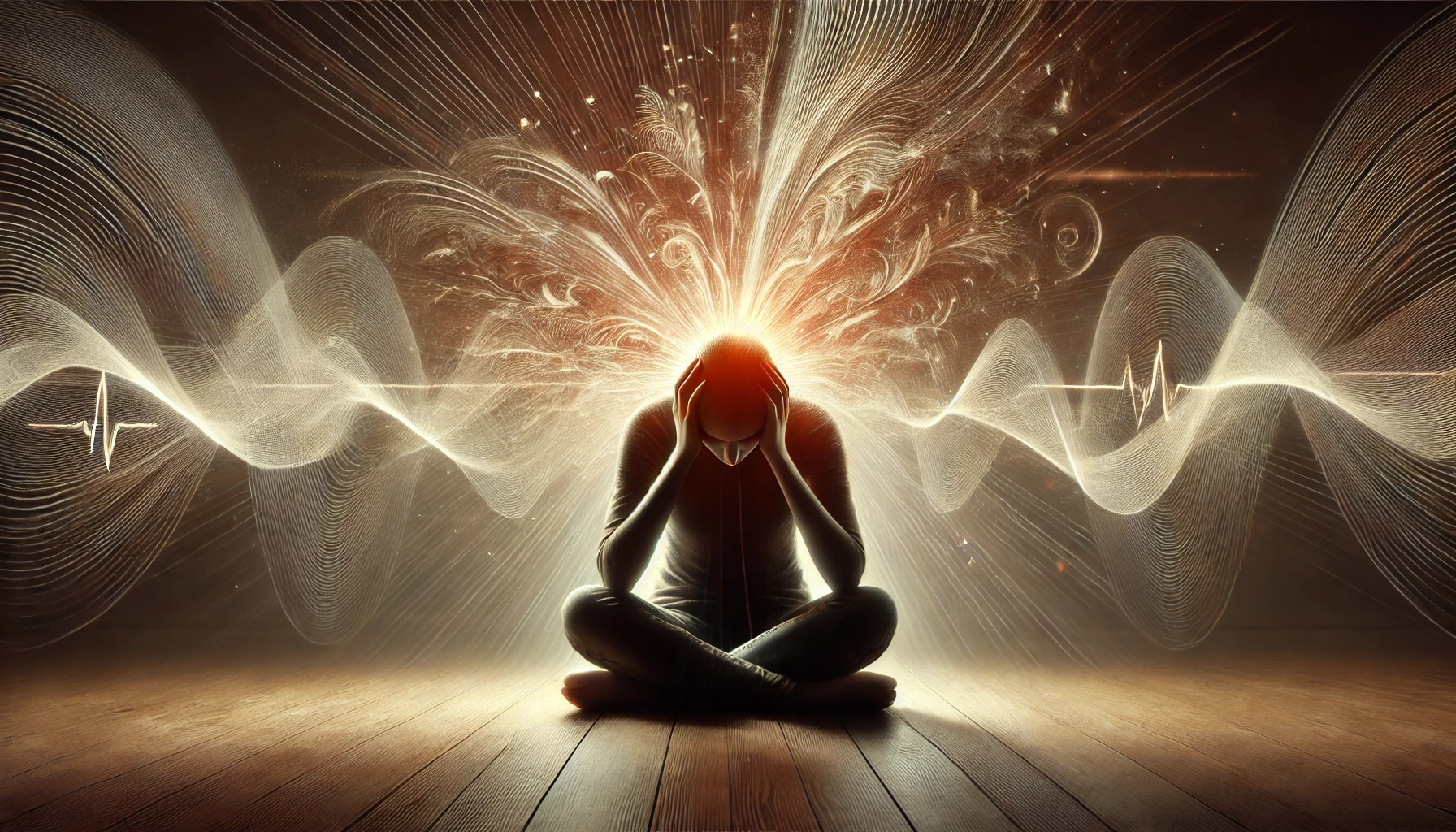[Conteúdo Traduzido para Português – Tom Informal]
Migraines are more than just headaches—they are intense, throbbing pains that can be accompanied by nausea, sensitivity to light and sound, and even visual disturbances. For those who suffer from migraines, finding effective relief is essential to maintaining a good quality of life.
In this article, we’ll explore proven treatments and lifestyle changes to help manage and reduce severe migraine pain.
1. Identify and Avoid Common Triggers
Migraines can be triggered by various factors, and identifying them can help prevent future attacks.
Common Migraine Triggers:
☕ Caffeine fluctuations – Too much or sudden withdrawal
🥓 Processed foods – Artificial additives, MSG, and nitrates
💡 Bright lights and loud noises – Sensory overload
😴 Sleep disturbances – Too little or too much sleep
😟 Stress and anxiety – Emotional tension and burnout
Tip: Keeping a migraine diary helps track patterns and identify personal triggers.
2. Use Pain Relief Medications Wisely
Medications can help manage migraine pain, but they should be used carefully to avoid overuse headaches.
Types of Migraine Medications:
💊 Over-the-counter (OTC) pain relievers – Ibuprofen, aspirin, acetaminophen
💉 Prescription triptans – Sumatriptan, rizatriptan (for acute attacks)
🩺 Preventive medications – Beta-blockers, antidepressants, or CGRP inhibitors
Tip: Talk to a doctor if you have frequent migraines to find the best medication plan.
3. Apply Cold or Heat Therapy
Temperature therapy can reduce migraine intensity by relaxing blood vessels and decreasing pain sensitivity.
When to Use Each:
❄ Cold compress – Helps numb pain and reduce inflammation
🔥 Heat therapy – Relaxes tense muscles in the neck and shoulders
Tip: Try placing an ice pack on your forehead for 15–20 minutes during an attack.
4. Manage Stress and Anxiety
Stress is a major migraine trigger, and finding ways to stay calm can help prevent attacks.
Effective Stress-Reduction Techniques:
🧘 Practice meditation and deep breathing
🏃 Engage in low-impact exercises like yoga or walking
📖 Take mental breaks from screens and work
Tip: Learning relaxation techniques can lower the frequency and severity of migraines.
5. Maintain a Regular Sleep Schedule
Poor sleep can trigger migraines or make them worse.
Better Sleep Habits for Migraine Prevention:
🌙 Stick to a consistent sleep schedule (even on weekends)
📵 Avoid screens at least 1 hour before bed
🍵 Try herbal teas like chamomile or valerian root
Tip: Creating a dark, quiet sleep environment can improve sleep quality and reduce migraines.
6. Try Natural Remedies and Supplements
Certain natural remedies may help prevent migraines or reduce their severity.
Best Supplements for Migraine Relief:
🧪 Magnesium – Helps reduce migraine frequency
🌿 Riboflavin (Vitamin B2) – Supports brain energy metabolism
🍵 Butterbur & Feverfew – Herbal extracts with anti-inflammatory properties
Tip: Always consult a doctor before starting supplements to ensure they are safe for you.
7. Stay Hydrated and Eat Migraine-Safe Foods
Dehydration and blood sugar fluctuations can trigger migraines.
Hydration and Diet Tips:
💧 Drink at least 2 liters of water per day
🍏 Eat small, frequent meals to maintain blood sugar levels
🚫 Avoid alcohol, artificial sweeteners, and processed foods
Tip: A nutrient-rich diet with healthy fats, protein, and fiber helps stabilize energy levels.
8. Use Acupressure and Massage Techniques
Gentle pressure on certain points of the body can relieve migraine pain.
Best Pressure Points for Migraine Relief:
👆 LI-4 (Hegu) – Located between the thumb and index finger
💆 Temple massage – Reduces tension headaches
🦶 Foot reflexology – Helps with stress relief and circulation
Tip: Massaging the neck and shoulders can relieve tension-related migraines.
9. Consider Alternative Therapies
Many people find relief through complementary treatments.
Alternative Treatments for Migraines:
💉 Botox injections – FDA-approved for chronic migraines
🧘 Biofeedback therapy – Helps control physiological responses to stress
🌿 Essential oils – Peppermint and lavender may ease migraine symptoms
Tip: Alternative therapies work best when combined with lifestyle changes.
10. Seek Professional Help If Needed
If migraines are frequent or disabling, a doctor can offer advanced treatments.
When to See a Specialist:
🚑 If migraines interfere with daily life and work
🩺 If you experience aura, vision loss, or neurological symptoms
💊 If OTC medications aren’t effective
Tip: A neurologist can provide personalized migraine treatments for better control.
Final Thoughts
Migraines are challenging, but with the right strategies, you can reduce their frequency and severity. By identifying triggers, managing stress, improving sleep, and using effective treatments, you can take control of your migraines and live a healthier life.
Start today by tracking your triggers and making small lifestyle changes, and over time, you’ll find relief!

